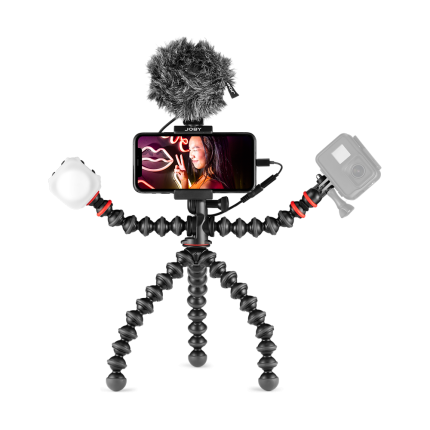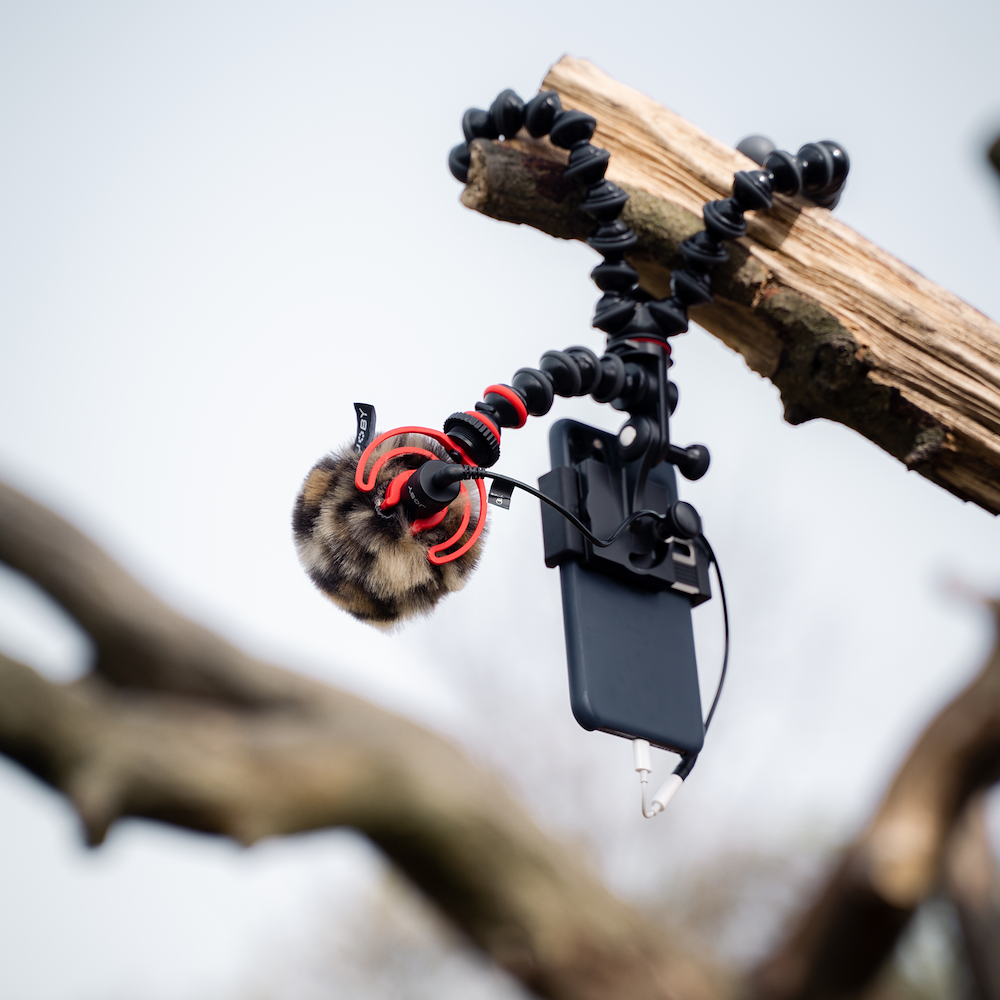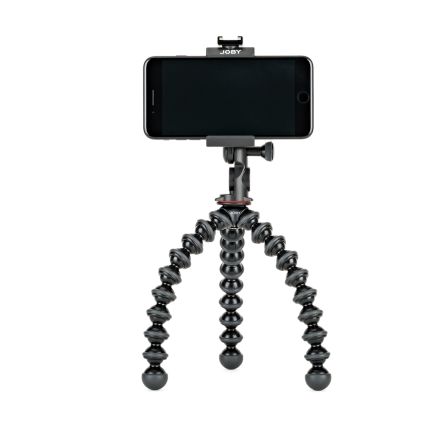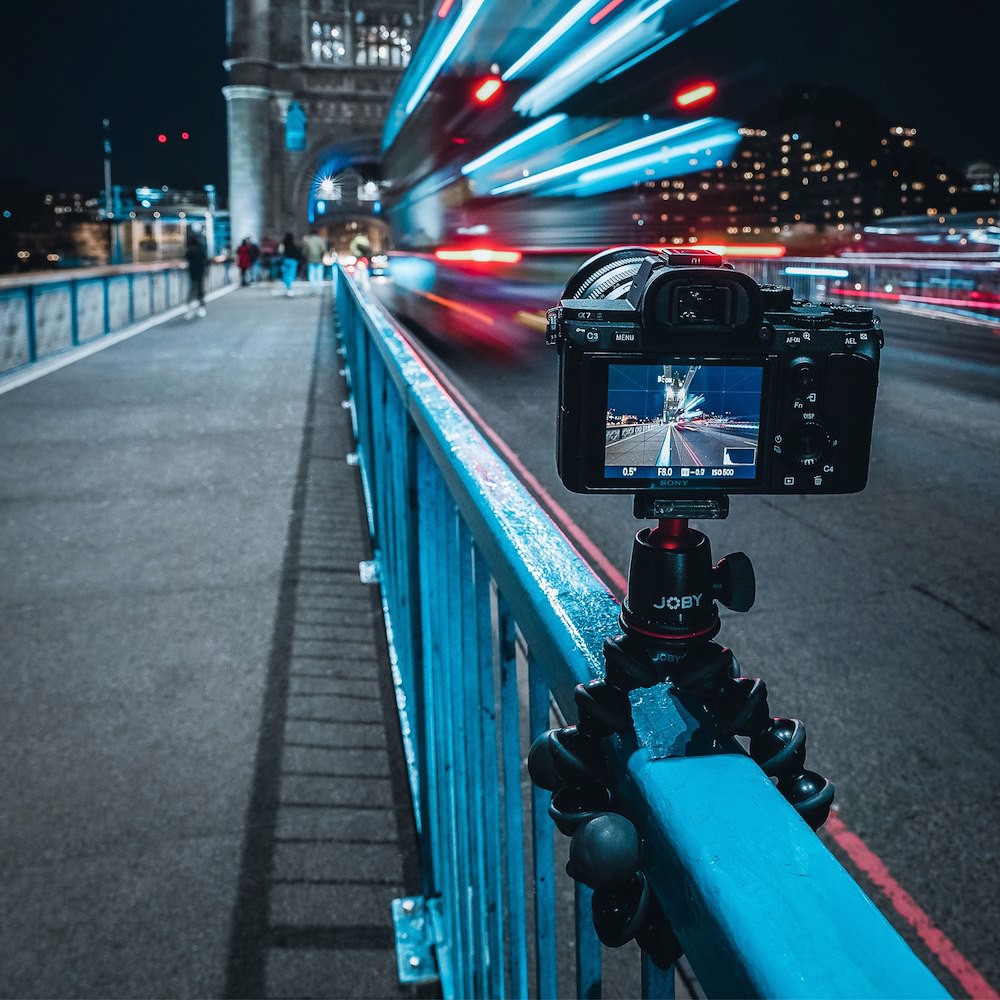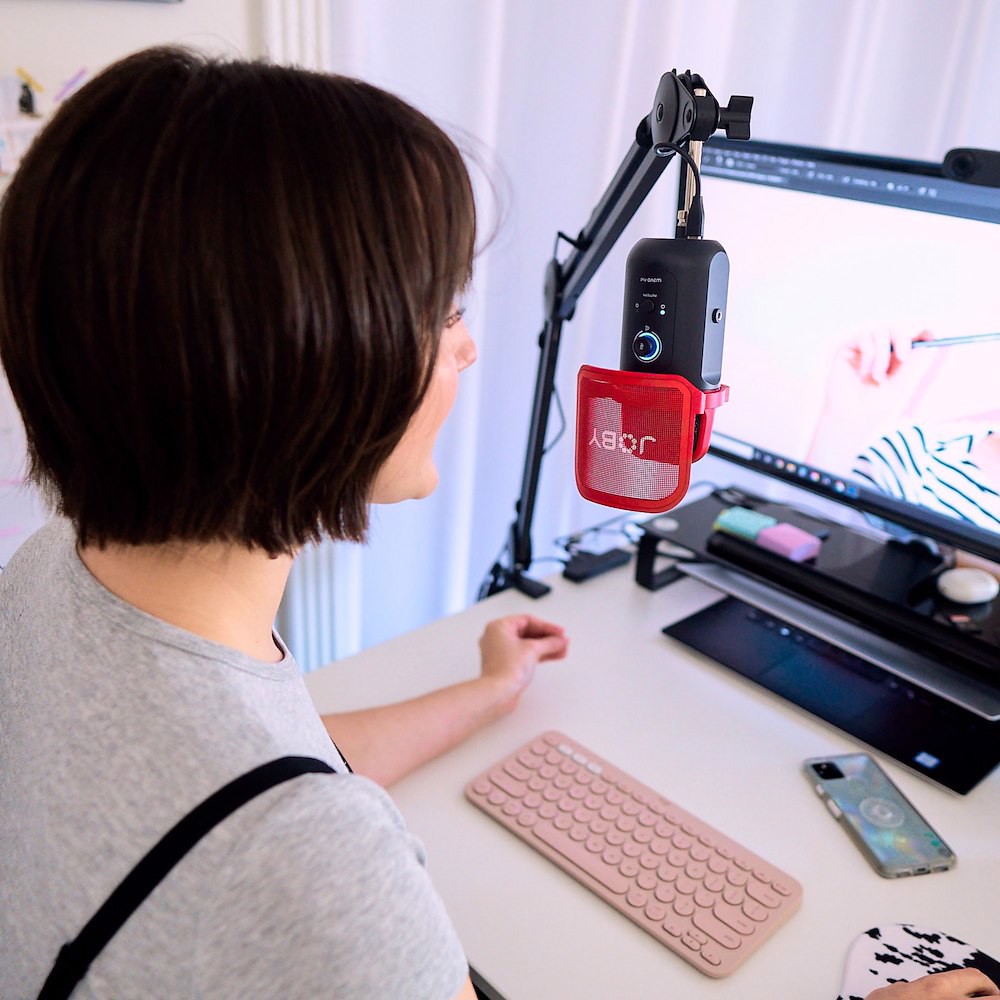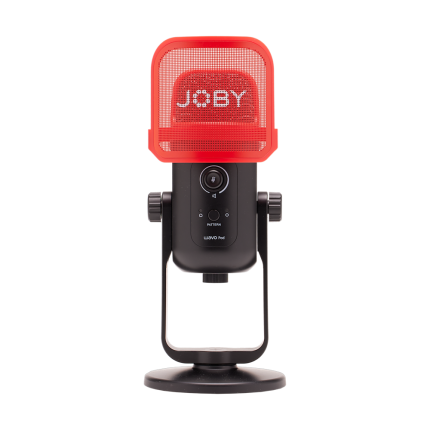Dynamic vs condenser mics: which captures better content?
July 17, 2023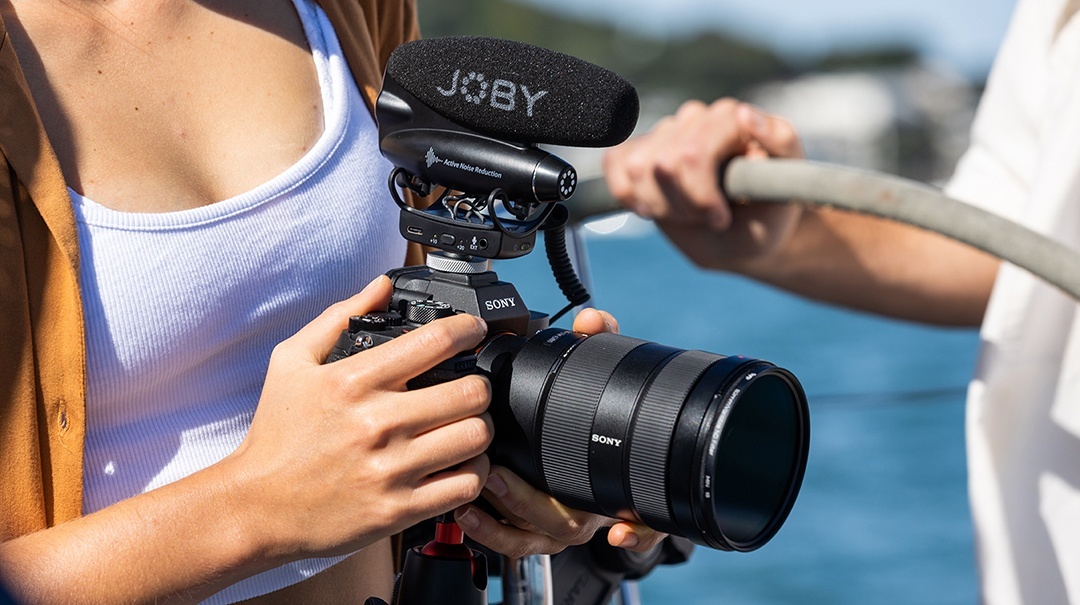
A top-spec is on all content creator’s key equipment lists. This is true whether you’re attaching it to a video camera, plugging it into a mixer for a podcast, or setting it up for a live stream.
It can be difficult to find a mic that can be used for all your content projects. That’s why weighing up whether to invest in a dynamic or condenser mic is important.
Understanding where each type of microphone can be used takes some research. This includes determining the unique benefits and differences of both, which is a great starting point for finding audio equipment that will capture high-quality sound.
With this in mind, we explore dynamic microphones vs condenser microphones and consider which one captures better content. Keep reading, below, to learn about each mic’s advantages and what makes them so different from each other.
What is a dynamic microphone?
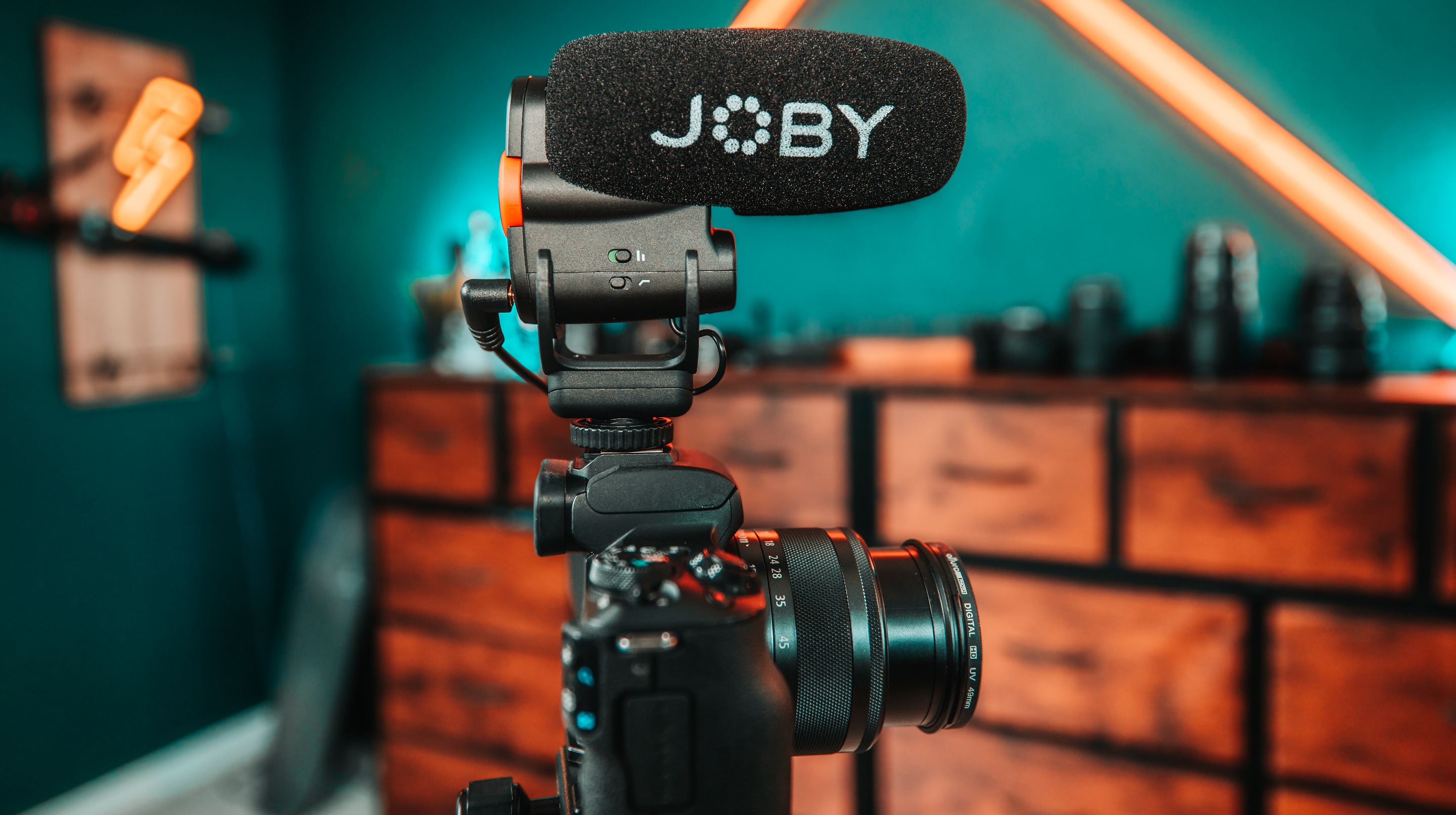

A dynamic microphone captures and amplifies audio using a diaphragm combined with a metal coil and a magnet or a metal ribbon.
Sound waves cause vibrations in the diaphragm. This moves the coil around the magnet and, through electromagnetism, produces an electric signal that’s proportional to the sound waves.
Alternatively, the vibrations in the diaphragm will be passed into the metal ribbon which moves and creates a signal. This signal is then sent via wires to a sound system or recording device.
Benefits of a dynamic microphone
Dynamic mics are fairly basic in their design. However, they offer particular benefits when it comes to capturing sound.
• Handling lots of sound pressure
The design of dynamic mics means they’re not sensitive to pressure. This makes them an ideal choice for live music events and concerts involving loud sounds, such as drums and electric guitars.
• Reducing ambient noise
Most dynamic mics capture sound within a medium frequency range. This makes them less likely to pick up unwanted background noise or feedback. Thanks to this, they’re a great choice for broadcasting and podcasting.
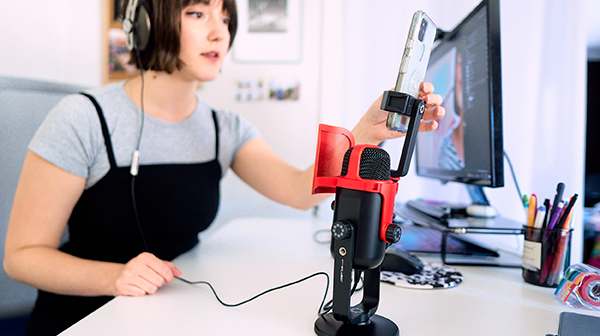

• Durable and cost-effective
The basic design makes dynamic microphones cheaper than other options. They are also highly durable, making them ideal for creators who are packing up and travelling to different locations.
• Minimal power requirements
Dynamic microphones can work without being plugged into electrical power. You can plug them into a standard microphone input without batteries or power packs. This makes them simple to set up and ideal for beginners.
What is a condenser microphone?
A condenser microphone uses a capacitor (an electrical component that temporarily stores energy) between a thin diaphragm and a solid backplate.
The capacitor detects changes in the amount of space between the diaphragm and the backplate. Changes are caused by the diaphragm vibrating with sound waves. The capacitor, which is driven by ‘phantom power’, then produces an electrical signal that can be outputted or recorded.
Advantages of a condenser microphone
It’s widely agreed that condenser mics deliver a professional finish for a range of content projects. However, they also have other clear benefits that differentiate them from dynamic mics.
• Captures sensitive and accurate sound
Condenser mics have a higher sensitivity to upper frequencies and quieter noises. Thanks to this, they can capture this kind of audio that may otherwise not be picked up by alternative mics. This makes them great for professional podcasting, as all voice ranges can be recorded with complete clarity.
• Produces high-quality results
Condenser mics can pick up an incredible variety of frequency ranges. This makes them ideal for when you’re recording in a space with great natural acoustics. When tuned correctly, they won’t just capture quality audio, but add depth and realism to sound recordings.
• Lightweight, compact design
A lighter diaphragm means a more compact design. So if you’re a creator constantly on the move, condenser microphones are easy to pack and carry without sacrificing audio quality.
What are the differences between dynamic and condenser microphones?
Before purchasing your , it’s important to weigh up the key differences between dynamic and condenser mics to see which option will suit your needs.
- Dynamic mics can be plugged into a recording or mixing system and be used immediately. Condenser mics require sounds levels to be adjusted and tweaked to capture clear audio
- If you’re looking for compact, easy-to-carry sizes, then a condenser mic is a great option. However, dynamic mics can take more wear and don’t cost a lot to replace if damaged
- A condenser mic will pick up sound at various pitches and volumes, making them the primary choice for most content projects, like podcasting. For recording live music events, loud environments or general outdoor noise, dynamic mics will likely serve you better
- Condensor mics are often more expensive, so require a bigger investment than dynamic mics. However, they are often considered more flexible and adaptable to different projects, which means they can ultimately be more cost-effective in the long run
When reviewing a microphone’s specs, looking at its polar pattern and compatibility is vital. For example, if you’re capturing an environment's surroundings, an omnidirectional polar pattern rather than a cardioid one would be more appropriate.
Choosing a mic with connectors that will work with your kit is also essential. This will avoid any delays or frustration when you come to set up.
After all, you don’t want to invest a good amount of money in a dynamic microphone for a podcast only to find that it doesn’t properly sync up with any other hardware you’re using to record.
Which is better, a condenser or dynamic mic?
Your final microphone choice will ultimately come down to the type of content you need to capture the most. Consider whether you’ll be working mostly indoors in a small space, outdoors with live music, or recording in both.
• Condenser vs dynamic mics for podcasting
Audio from condenser mics will be crisp and clear. However, they need an expert setup to ensure complete clarity.
For example, ‘s’ and ‘t’ sounds can sound harsh on a condenser mic if the levels aren’t adjusted correctly. This means you will also need a mixer unit if you’re using a condenser mic for podcasting.
Also, make sure you choose mics with cardioid or bidirectional polar patterns to capture everything clearly.
• Condenser vs dynamic mics for streaming
The will depend on the environment you’re recording in. Promotional work that involves capturing voices is best serviced by a condenser mic.
In contrast, dynamic mics pick up the audio from noisier environments more clearly. This makes them great for gigs or outdoor events. In short, think about where you’re most likely to be streaming from before you choose your microphone.
Plus, whether you’re creating your first podcast setup or need to upgrade your audio equipment, JOBY have a great range of choices for any content creator.






















